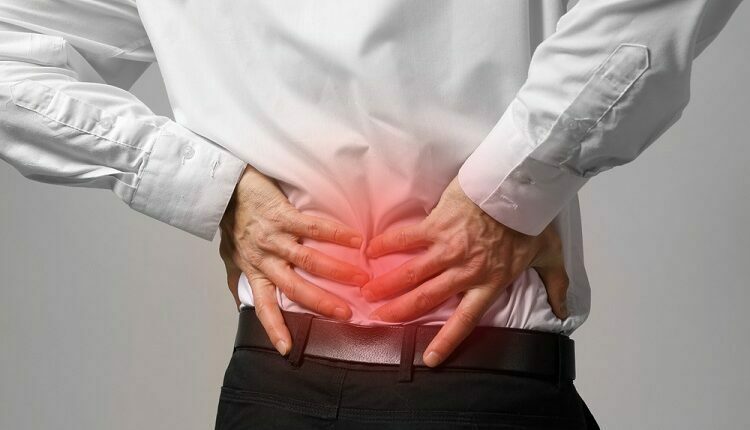5 Common Reasons For Lower Back Pain
You may not always be able to pinpoint why your back is aching. Perhaps you lifted something clumsily and immediately felt the ache. Alternatively, perhaps your doctor has been warning you for years that your poor posture will result in lower back pain. However, at times, the cause of back discomfort can be a mystery. To help you get to the bottom of your concerns, lower back pain Las Vegas specialist Dr. Patrick S. McNulty discusses some of the common reasons you might be struggling with this sudden, acute, or chronic pain in your lower back. Read on to find out more!
Table of Contents
1. Herniated Disk
The lumbar and thoracic spines of adults constitute around 17 bones (vertebrae) piled on top of one another. A cushiony disk resides between each set of vertebrae, which assists absorb the pressure imposed on these bones. Unfortunately, when the inner gel in one of the five disks in your lumbar slips and squishes past the outer rind, it presses on adjacent nerves, causing pain. This slippage could be because of trauma or age-related wear and tear.
2. Facet Joint Damage
The facet joints, which connect the five vertebrae that constitute your lower back, are subjected to compressive strain and stress. With time, the loss of cartilage in your facet joints can cause lower back pain.
Whether triggered by repeated use, or poor posture, facet joint damage could result in swelling, stiffness, muscle pain, and spasms. Besides, whenever damage to the facet joint disrupts the adjacent nerve, it could cause sciatica.
3. Compression Fracture
A spinal compression fracture develops whenever vertebrae in your lumbar spine collapse by themselves. This condition is often because of osteoporosis, but trauma could also trigger it. This collapse could result in sudden, significant discomfort, as well as restricted spinal mobility.
4. Spinal Stenosis
Lumbar spinal stenosis develops whenever the spinal canal in your lower back constructs, exerting undue strain on adjacent nerve roots. This concern can develop due to bone spurs, thickening of a neighboring ligament, or deterioration of a lumbar joint or disk. Whenever nerve roots are crushed, it could be pretty uncomfortable. Besides spinal stenosis causing significant lower back discomfort, it could also cause sciatica; pain radiating down your legs.
5. Scoliosis
When observed from the side, your spine features a natural curvature that looks like an ‘S,’ with your lower back curving forward and your upper back bending backward. Scoliosis, a spinal malformation that can cause back pain, occurs whenever your spine slopes sideways when observed from behind.
Once the spine curves incorrectly, deterioration of the lumbar disks and joints is more likely. While scoliosis may not always necessitate therapy, severe curvature can strain the lower back and cause pain.
If your lower back discomfort is not responding to self-care and rest, it is time to contact a spine specialist. At McNulty Spine, your spine specialist will probably perform a physical exam and other necessary imaging scans to determine the inherent reason for your lower back discomfort. Based on your diagnosis, your doctor will devise a care plan to relieve your discomfort and keep it from interfering with your daily activities. Schedule a consultation with Dr. McNulty today through mobile or online to discuss your concerns.

